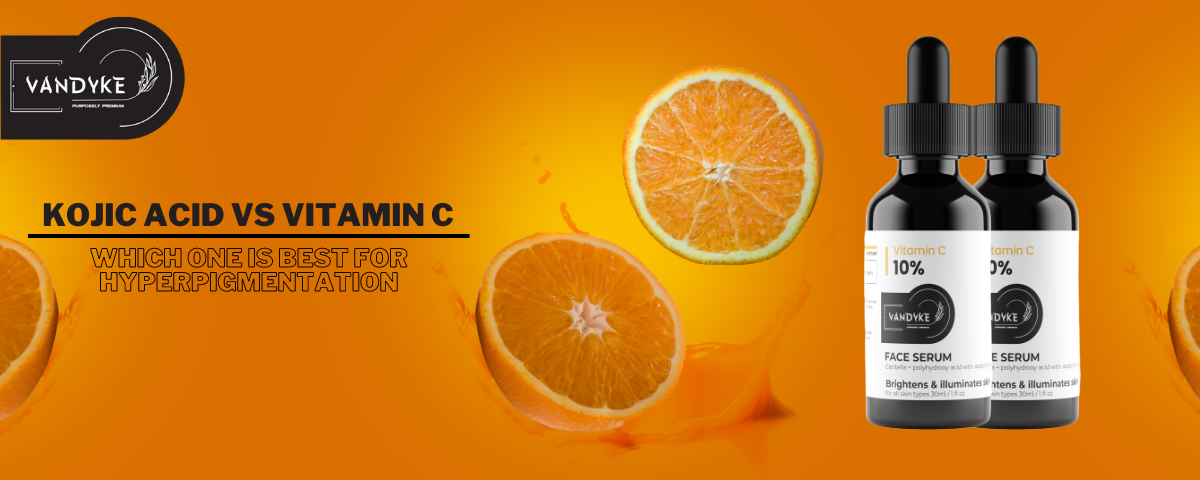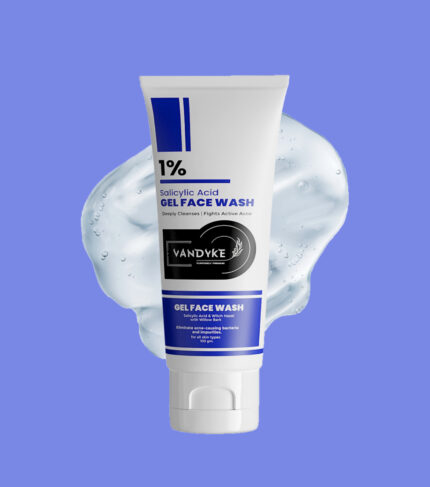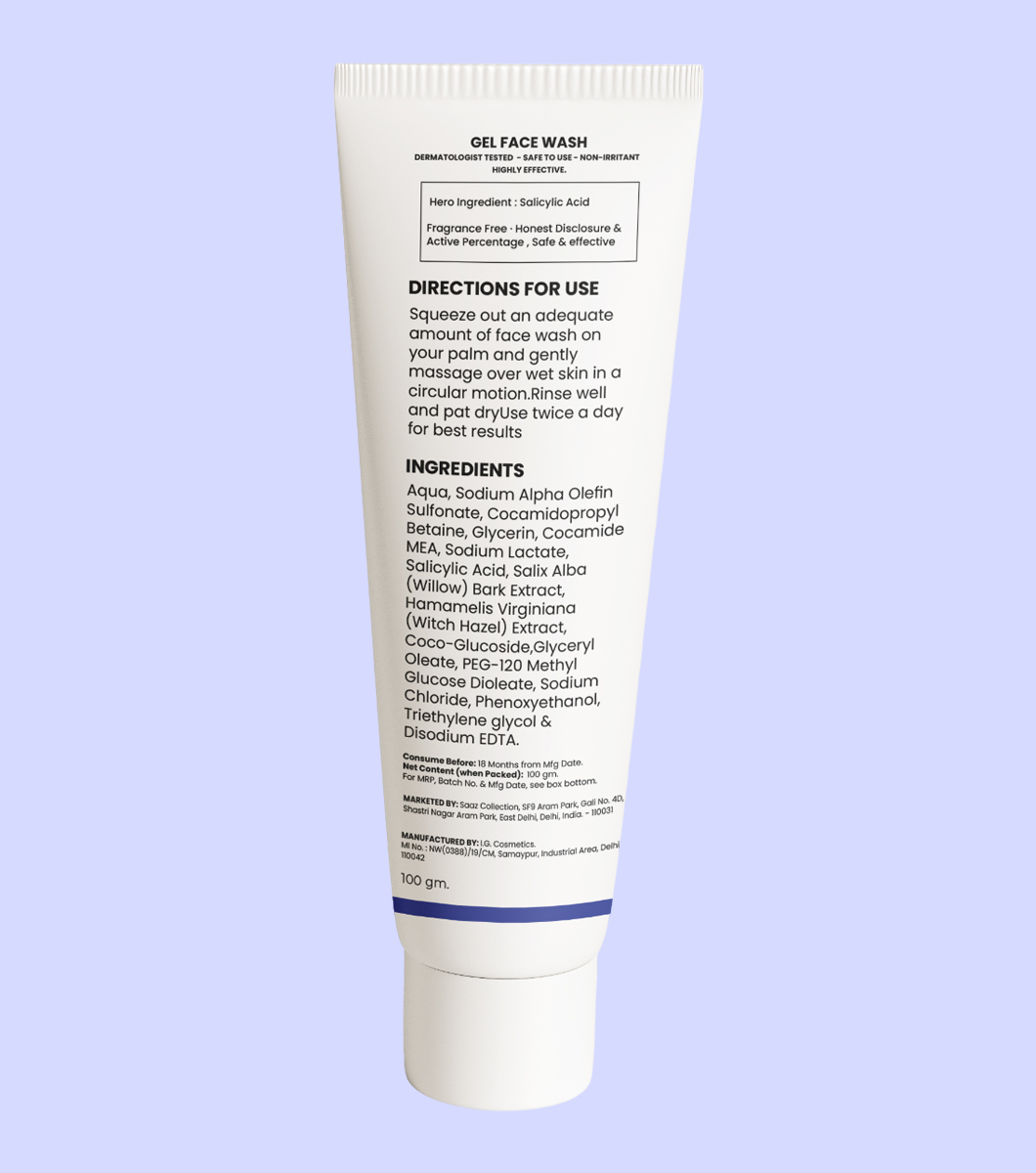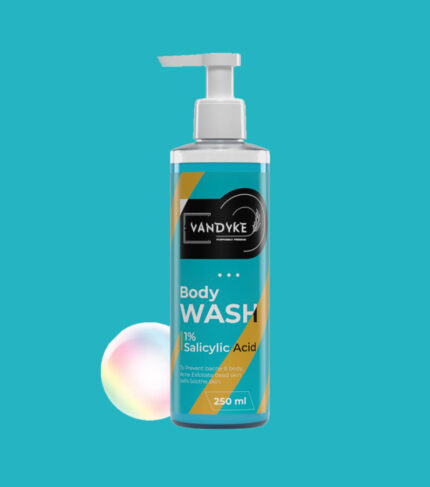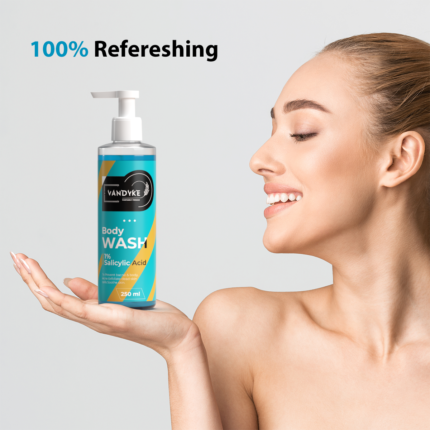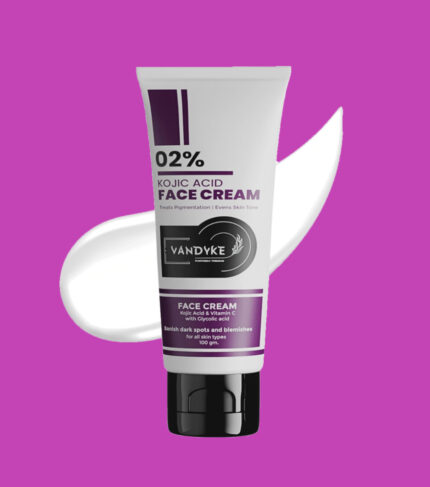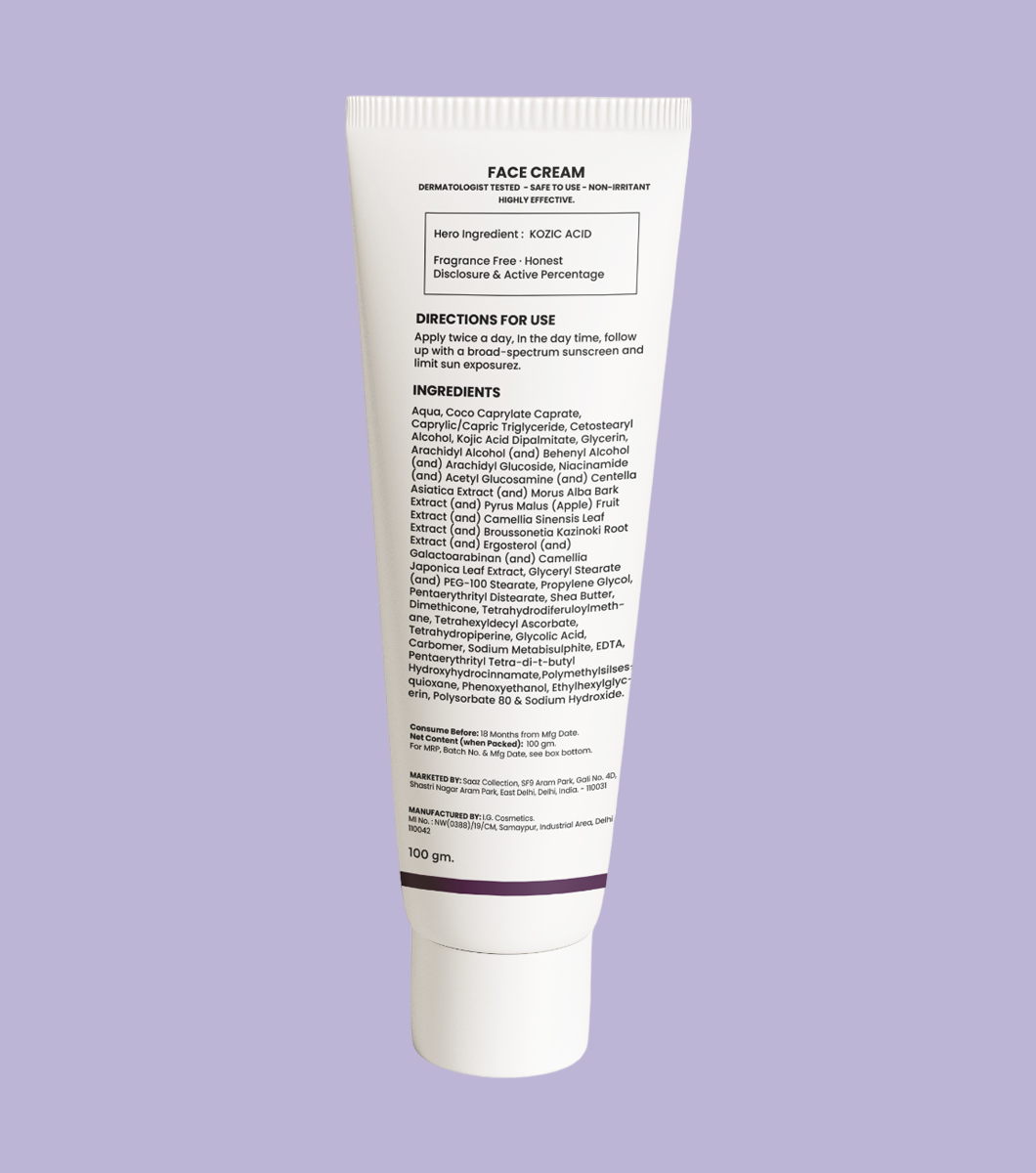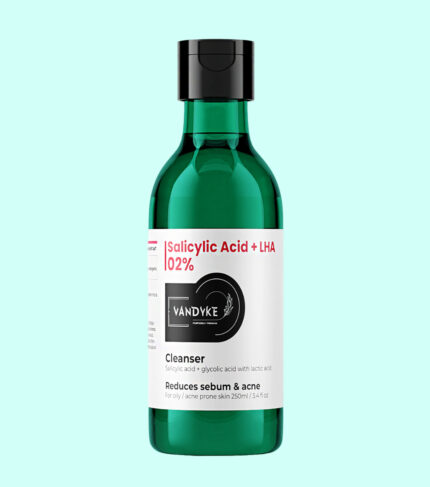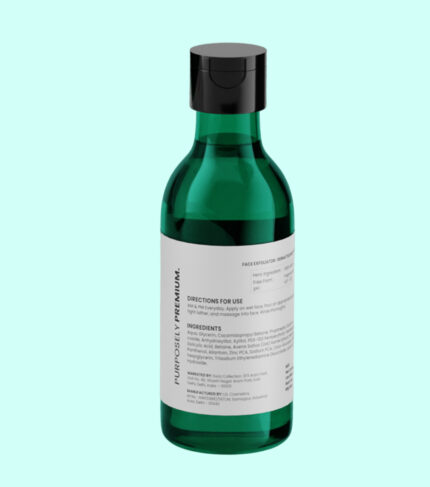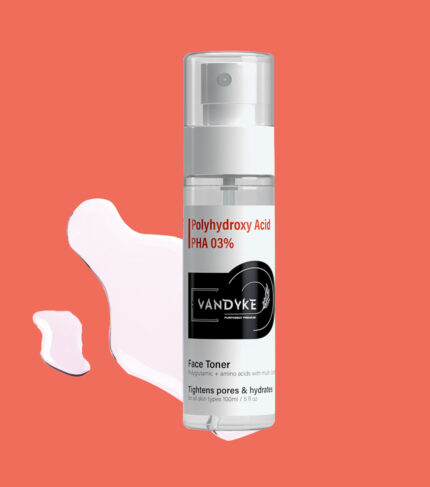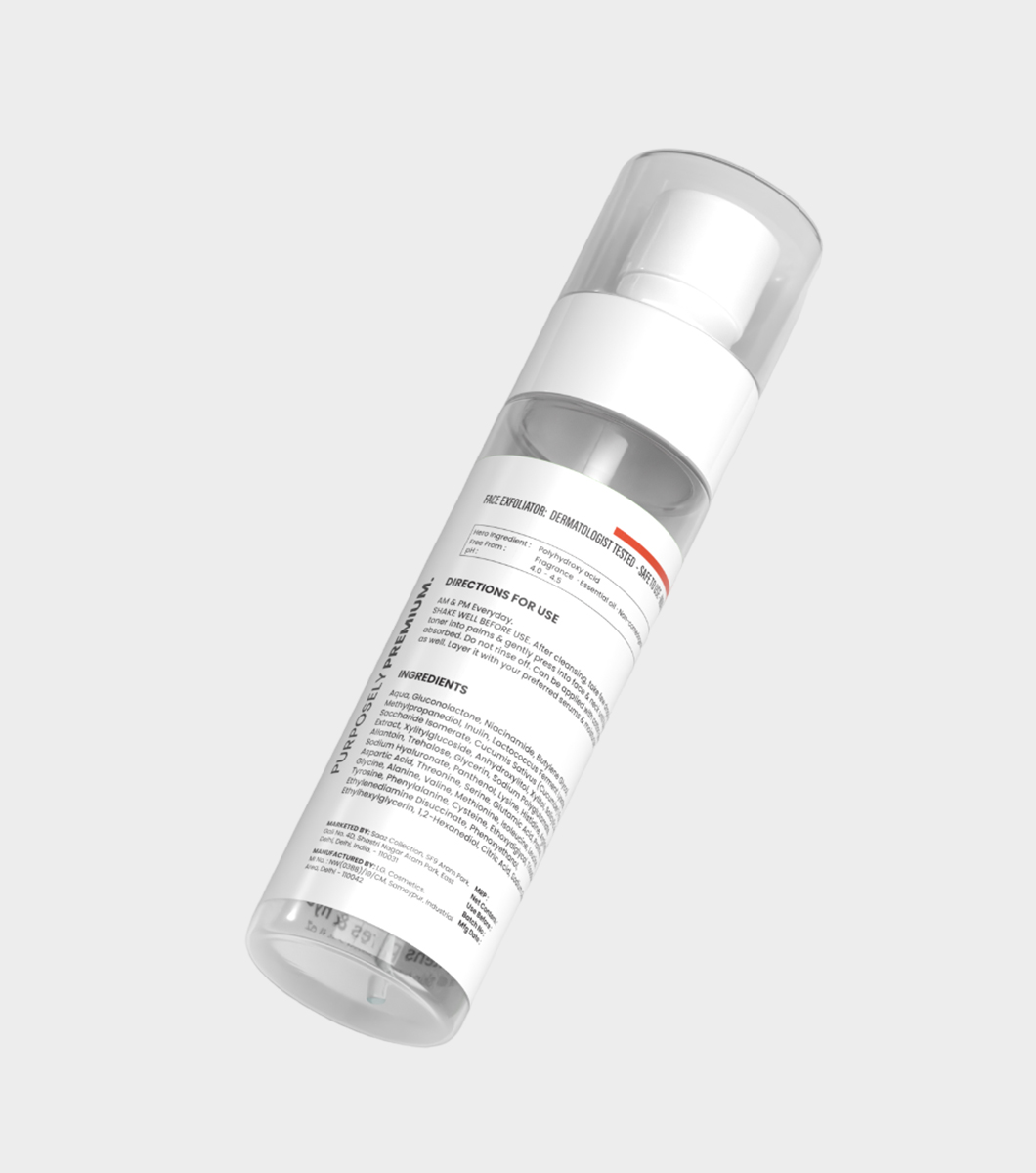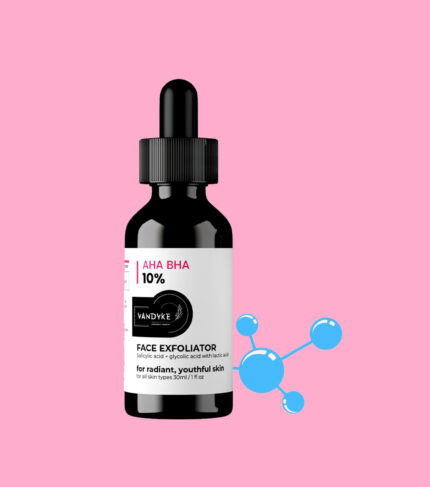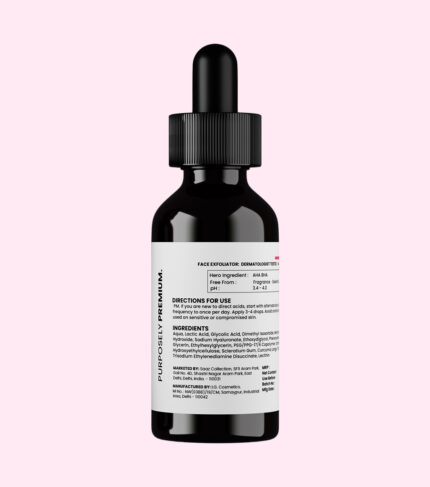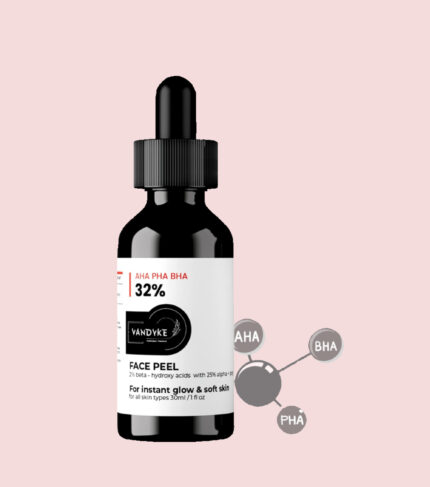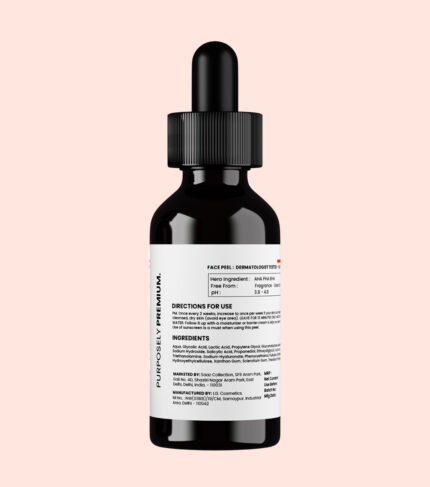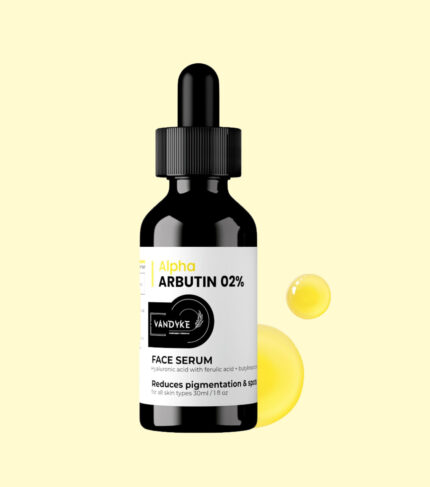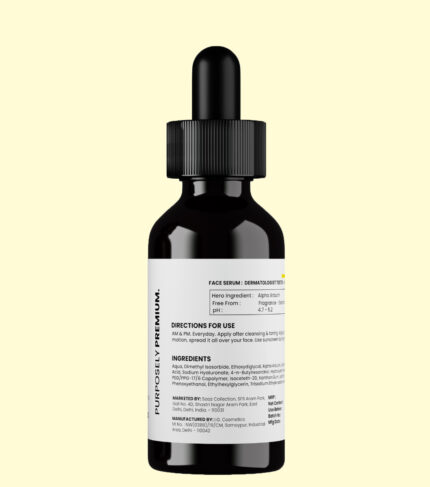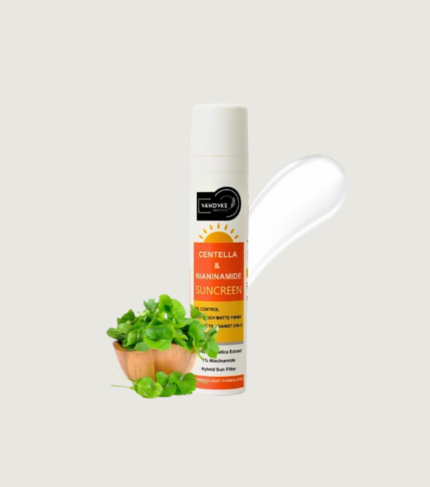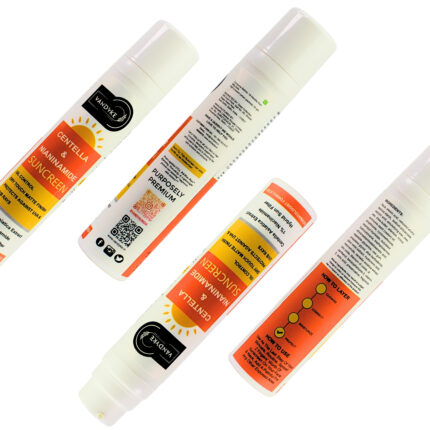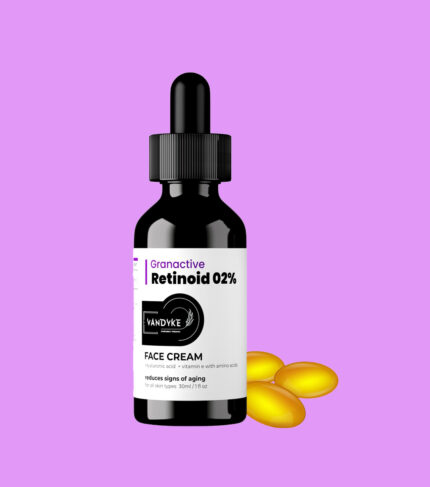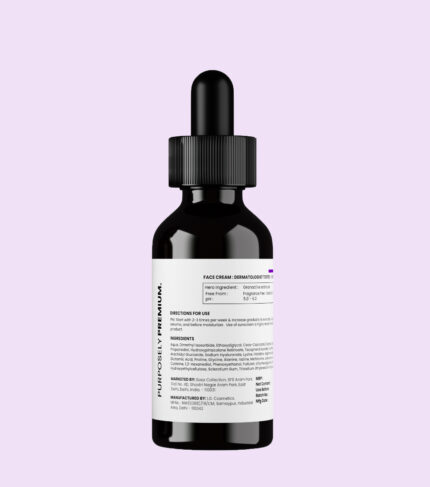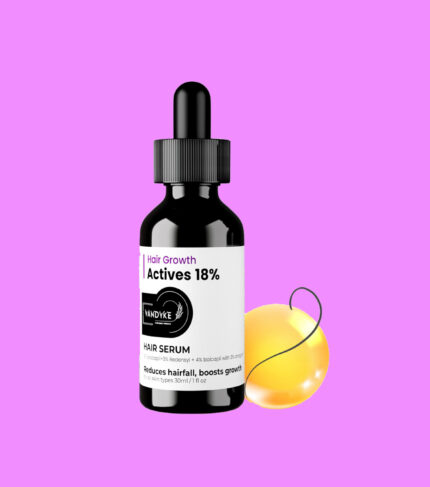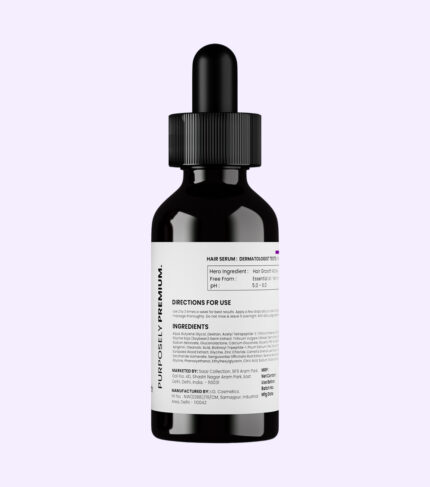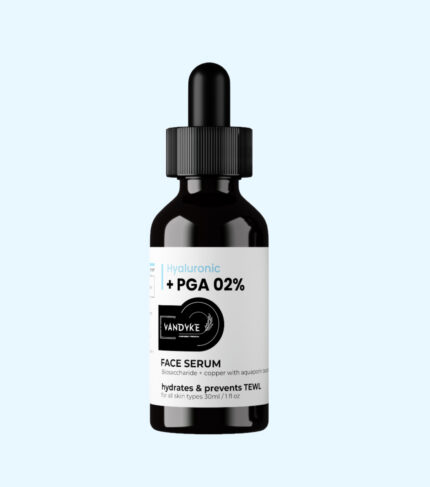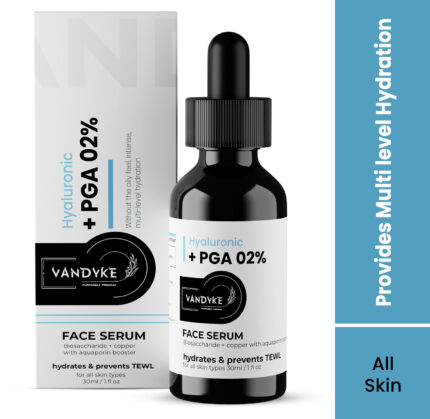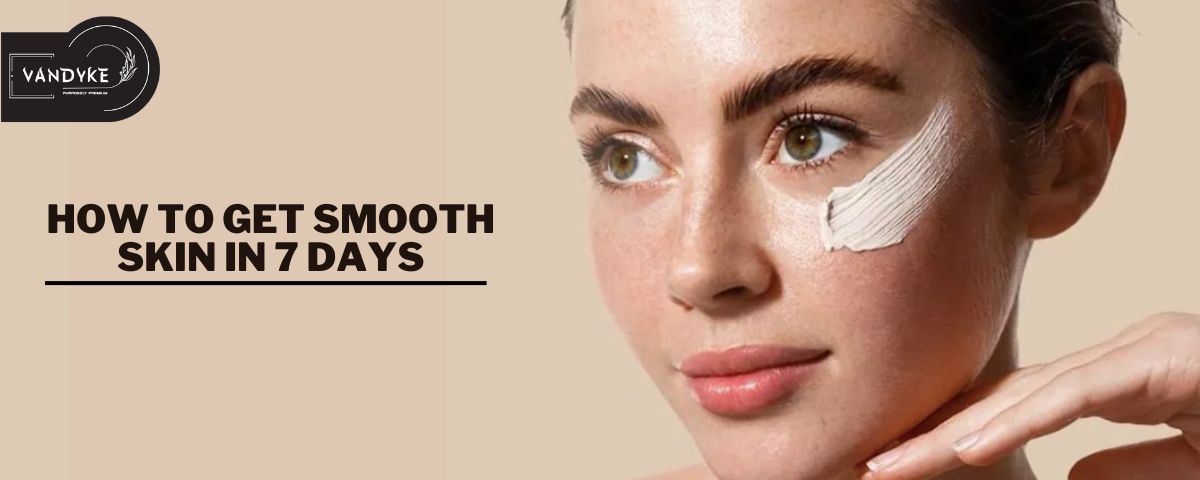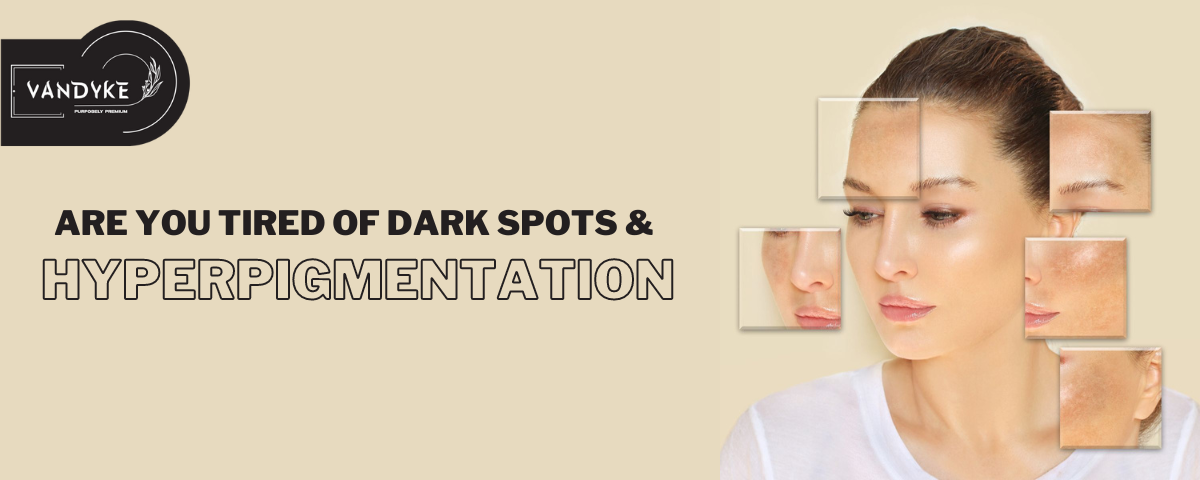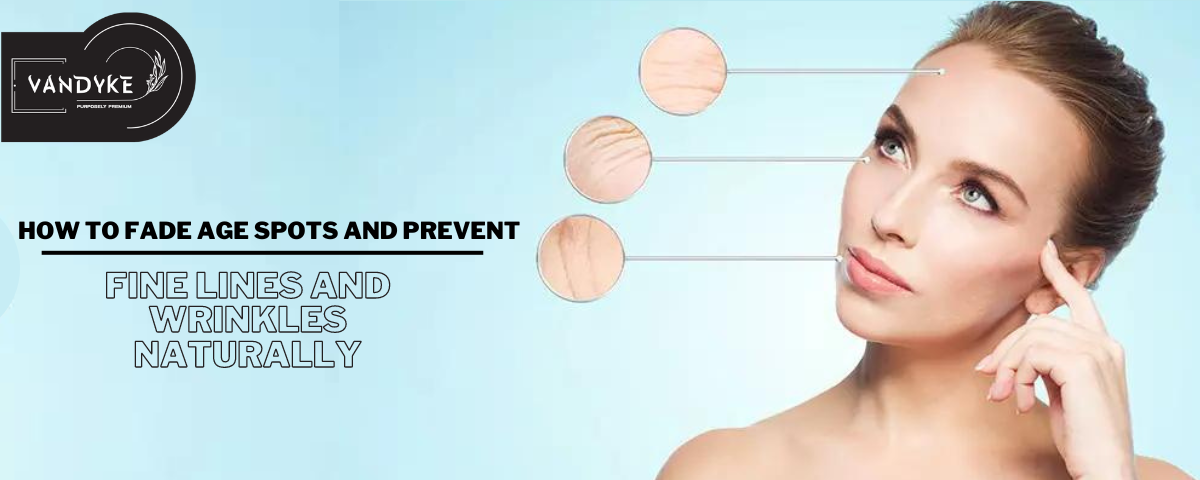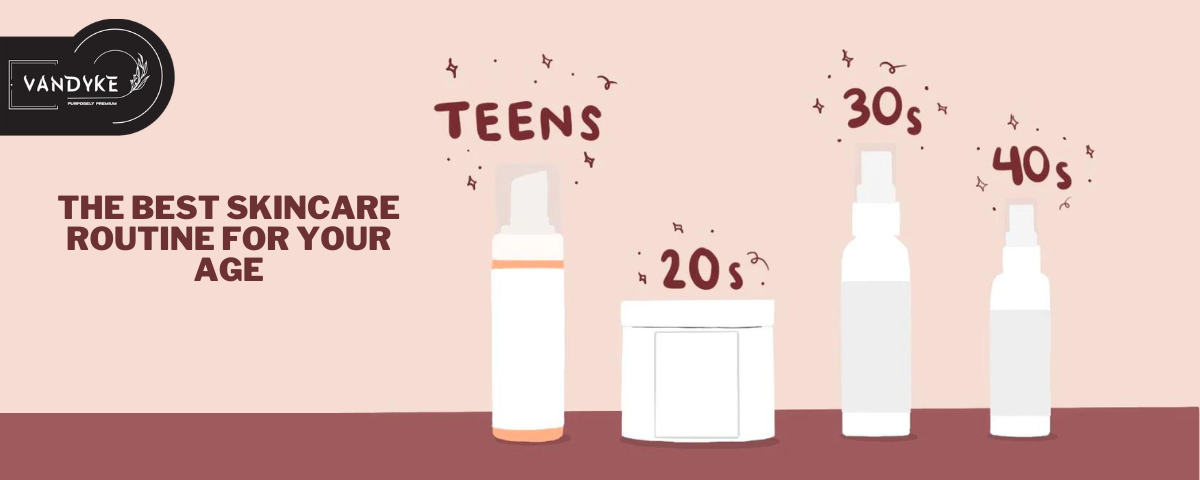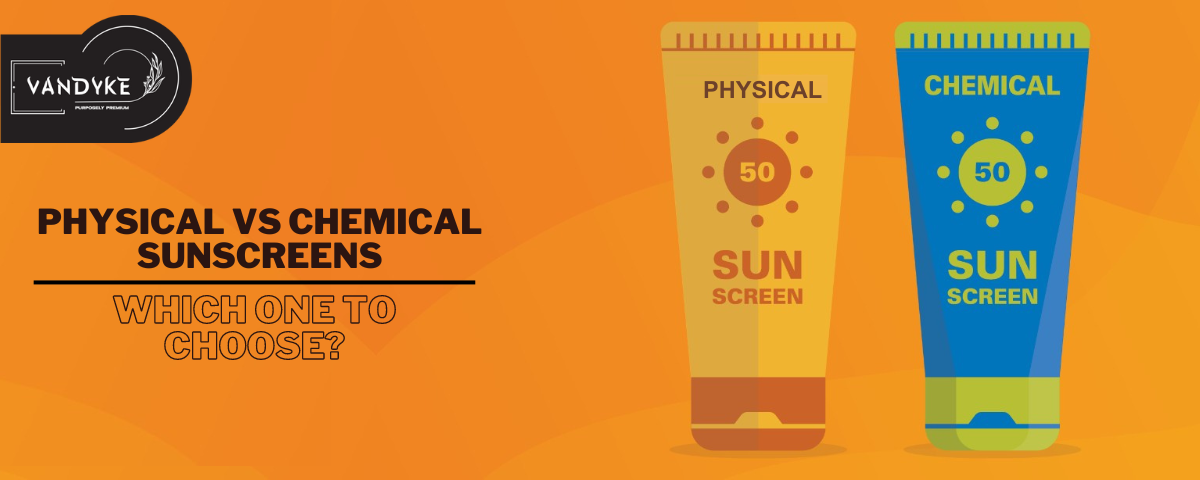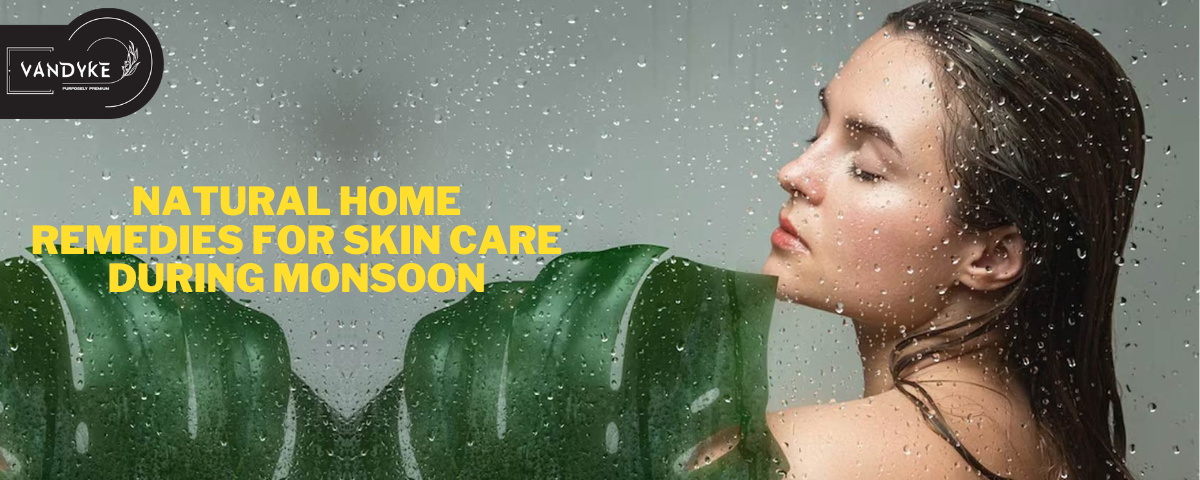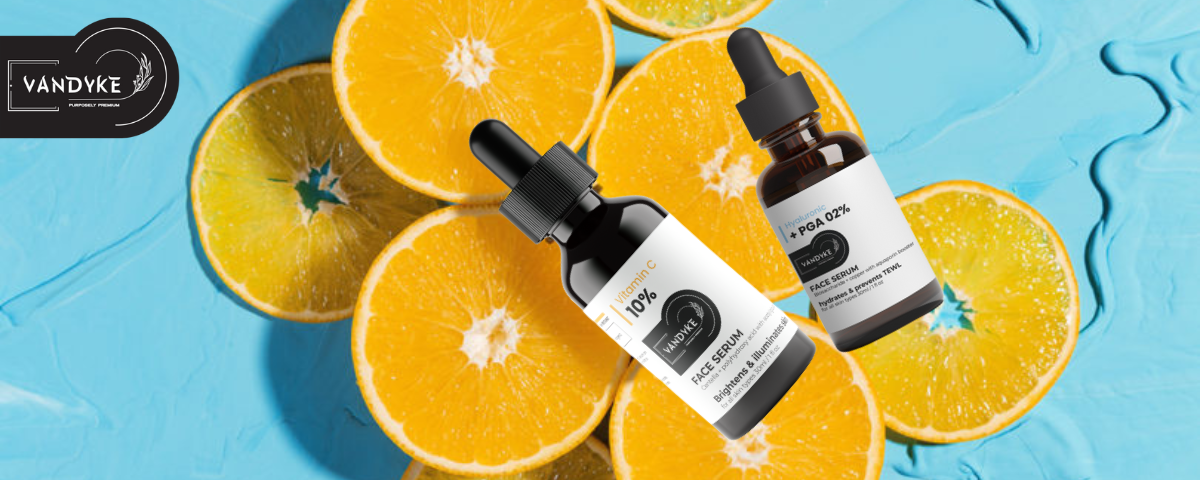Kojic Acid vs Vitamin C Which One Is Best For Hyperpigmentation
Kojic Acid vs Vitamin C: A common skin issue that can dull our skin’s natural brightness is hyperpigmentation. A number of factors, such as continuous sun exposure, stubborn acne, and inflammation, lead to the development of this skin disease. Kojic acid and vitamin C are two important ingredients that skincare enthusiasts frequently turn to when looking for an even skin tone. In this post, Vandyke will examine and analyze the causes of hyperpigmentation, explore how kojic acid and vitamin C work, compare their advantages and disadvantages, and offer knowledge that can help you choose the component that will best meet your own particular skin’s needs.
What is Hyperpigmentation?
It’s essential that you comprehend the signs and symptoms of hyperpigmentation before getting into the specifics of kojic acid and vitamin C. This common condition of the skin leads dark spots to develop, giving the complexion an uneven and lifeless appearance. Hyperpigmentation is triggered by excessive production of melanin, which can be brought on by a variety of reasons. The excess melanin settles into the skin, resulting in those unwanted black spots, whether it is due to hormonal changes, UV radiation, or the aftermath of an acne eruptions.
What is Kojic Acid?
Kojic acid, which is derived from fungal infection, stands out as a natural hope in the fight against hyperpigmentation. This extraordinary component can prevent the development of melanin, so addressing the underlying cause of dark spots. As a result, kojic acid is given the ability to effectively combat melasma, age spots, and other types of hyperpigmentation. Particularly, kojic acid doesn’t simply treat the effects; it also functions as a preventative barrier, preventing the overproduction of melanin from causing hyperpigmentation to occur again.
The appealing characteristic of kojic acid is its considerate yet effective method. Kojic acid is usually well tolerated by the skin of users. A patch test is advised before using, though, as some people may have moderately adverse effects such brief redness, dryness, or itching.
Kojic acid can be found in many skin care products but the best result for hyperpigmentation you will only find in kojic acid cream. Vandyke has vandyke 2% Kojic Acid Cream. This powerful cream will not only cure your hyperpigmentation but also stop hyperpigmentation from occurring again.
What is Vitamin C?
Vitamin C is another strong applicant in the race for flawless skin. Beyond its widely recognised ability to improve the immune system, this powerful antioxidant powerhouse also excels at improving skin shine. Vitamin C aids in the battle against hyperpigmentation in addition to protecting the skin from pollutants in the environment. Its main function is to brighten the skin, remove dark spots, and promote an even complexion. In addition, vitamin C collaborates with collagen, the structural protein of the skin, to aid in the healing of scars and wrinkles.
Knowing that even the brightest stars can produce shadows is crucial when we consider the benefits of vitamin C. When adding vitamin C to their skincare routine, some people, especially those with sensitive skin, may first feel uncomfortable. However, the skin may frequently adjust to this radiant addition with time and a progressive approach.
In the market many products of vitamin C 10% are available, but the best product for hyperpigmentation is vitamin C 10% face serum for quick results. That’s why vandyke has vandyke Vitamin C 10%. For skin brightening, hyperpigmented skin cure.
Which Will be Best: Kojic Acid or Vitamin C?
The question that lingers on every skin care lovermind is: Kojic Acid vs Vitamin C Which ingredient reigns supreme in the battle against hyperpigmentation? The answer isn’t a one-size-fits-all prescription; rather, it’s a personalized choice that hinges on individual skin characteristics.
- Kojic acid could be a more mild choice for people with sensitive skin. It could be a pleasant alternative for those with sensitive spirits because of its calming touch and less likely irritation risk. If you have sensitive skin then 2% Kojic Acid Cream will work best.
- On the other hand, vitamin C 10% could be the way to go if you place a high importance on scientific support and melanin reduction. Vitamin C 10% is a popular component for individuals looking for radiance due to its many advantages.
Conclusion
In the grand tapestry of skincare, there’s no shortage of options to enhance our natural beauty. We are invited to investigate the tremendous benefits of kojic acid and vitamin C as we travel the path to glowing, even-toned skin. Both ingredients bring unique strengths to the table, empowering us to conquer hyperpigmentation and restore our confidence.
In the end, it’s a journey of self-discovery. Your skin’s preferences, its idiosyncrasies, and your personal inclinations play a pivotal role in this decision-making process. Consulting a dermatologist can provide invaluable insights, guiding you towards the ingredient that harmonizes seamlessly with your unique skin needs.
As you embark on this radiant quest, remember that your skin deserves the utmost care and attention. Let your skincare routine be a symphony of choices, an ode to the beauty that lies within you.
FAQs
What is the difference between 2% Kojic Acid Cream and Vitamin C 10%?
Kojic acid and vitamin C are both natural ingredients that can help to fade dark spots and improve skin tone. However, they work in different ways. 2% Kojic Acid Cream inhibits the production of melanin, the pigment that gives skin its color. Vitamin C 10%, on the other hand, helps to brighten the skin by increasing collagen production and reducing inflammation.
Which is better for hyperpigmentation, 2% Kojic Acid Cream or Vitamin C 10%?
The best ingredient for hyperpigmentation depends on individual skin type and preferences. 2% Kojic Acid Cream is generally well-tolerated by most skin types, but it can be drying for some people. Vitamin C 10% can be irritating for sensitive skin, but it is more effective at brightening the skin than kojic acid.
Can I use 2% Kojic Acid Cream and Vitamin C 10% together?
Yes, you can use 2% Kojic Acid Cream and Vitamin C 10% together. In fact, they can work synergistically to improve skin tone. However, it is important to start slowly and gradually increase the concentration of both ingredients as your skin tolerates them.
What are the side effects of 2% Kojic Acid Cream and Vitamin C 10%?
The most common side effects of 2% Kojic Acid Cream are redness, dryness, and itching. Vitamin C 10% can also cause redness and dryness, as well as stinging and burning. In rare cases, both ingredients can cause allergic reactions.
How long it take to see results from 2% Kojic Acid Cream and Vitamin C 10%?
It can take several weeks or even months to see results from 2% Kojic Acid Cream and Vitamin C 10%. Be patient and consistent with your treatment, and you should eventually see a noticeable improvement in your skin tone.
What other ingredients can help with hyperpigmentation?
There are a number of other ingredients that can help to fade dark spots and improve skin tone. These include:
- Tranexamic acid
- Azelaic acid
- Hydroquinone
- Retinoids
- Alpha hydroxy acids (AHAs)
- Beta hydroxy acids (BHAs)
Choose vandyke skincare care products and Vandyke skin care tips because we make our products;
“Purposely premium”

